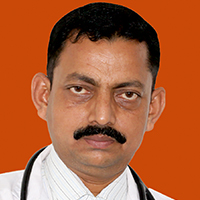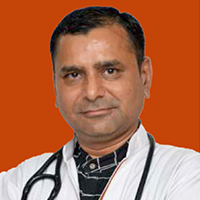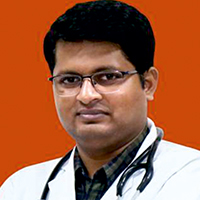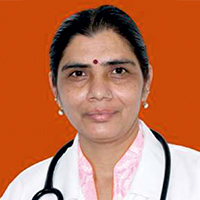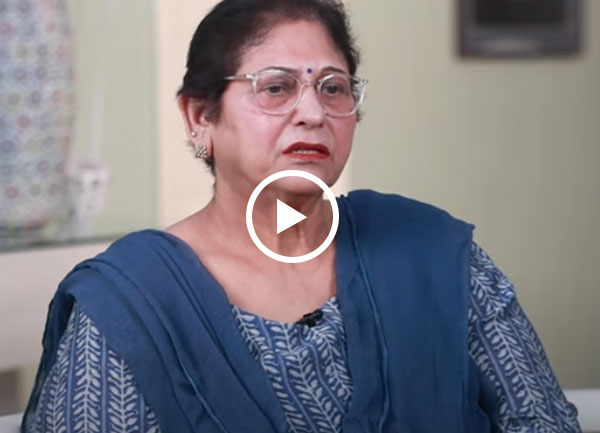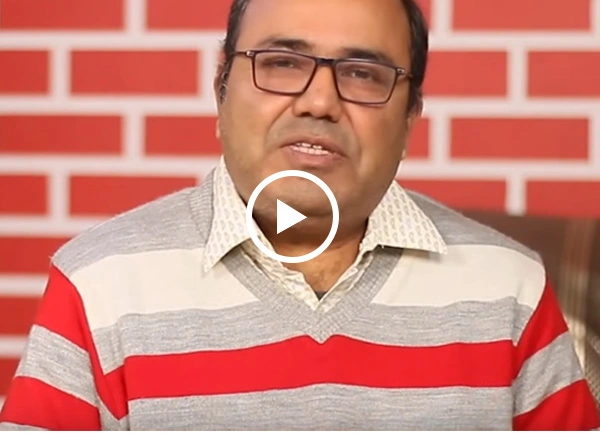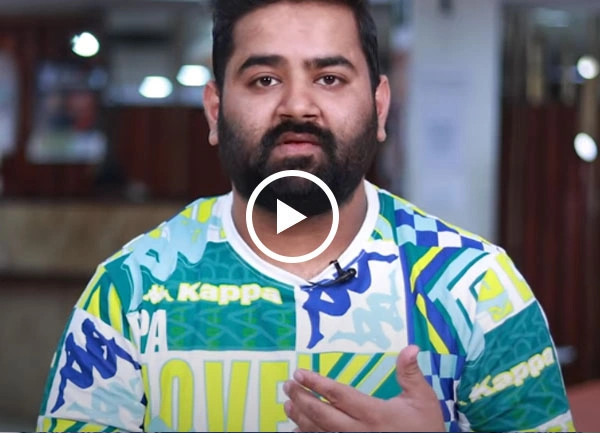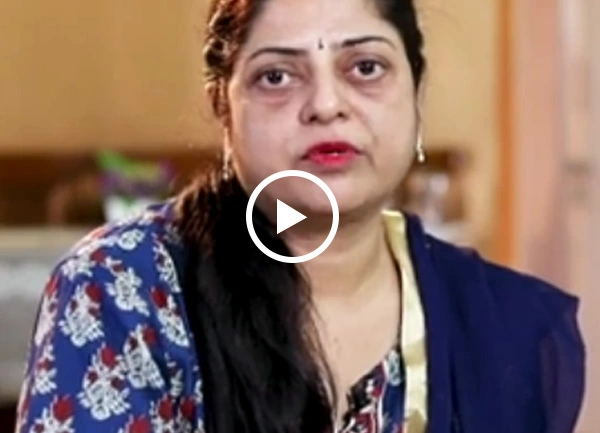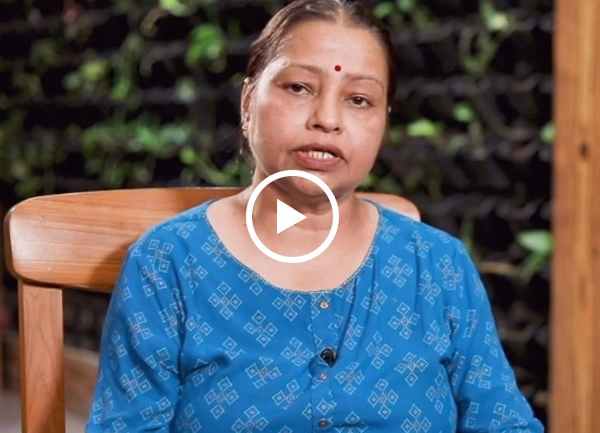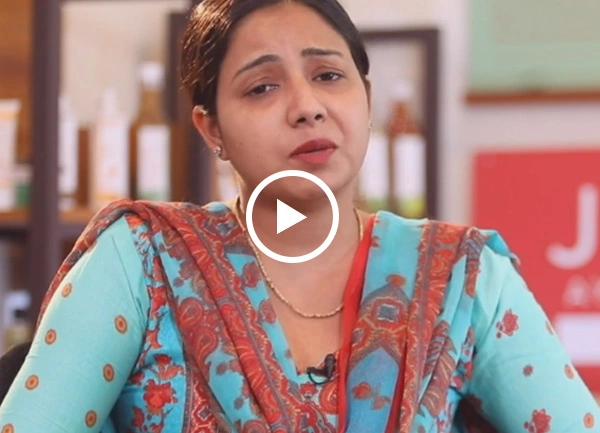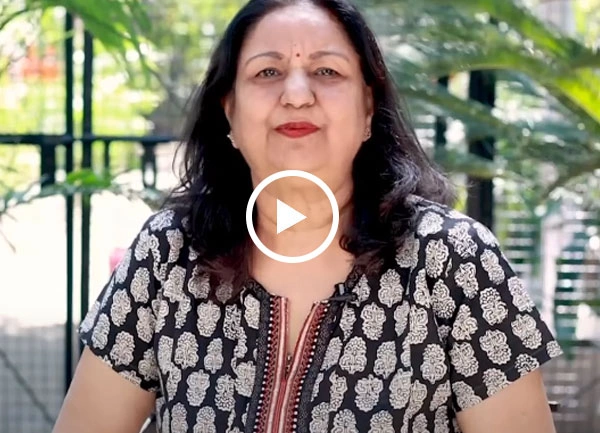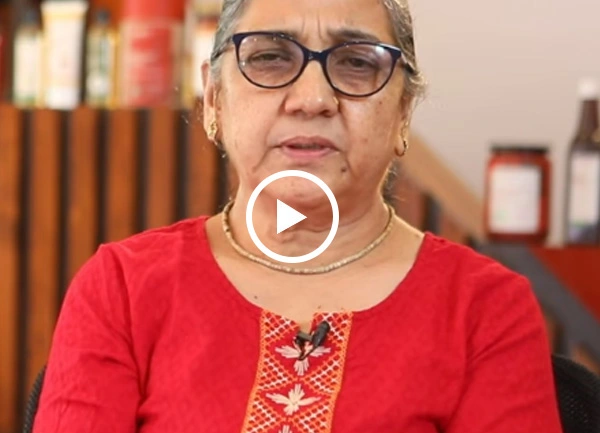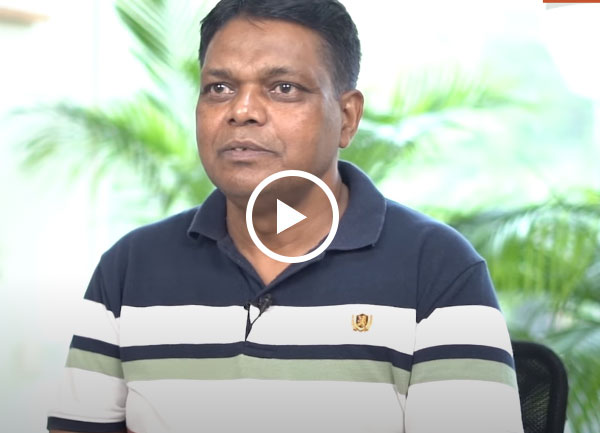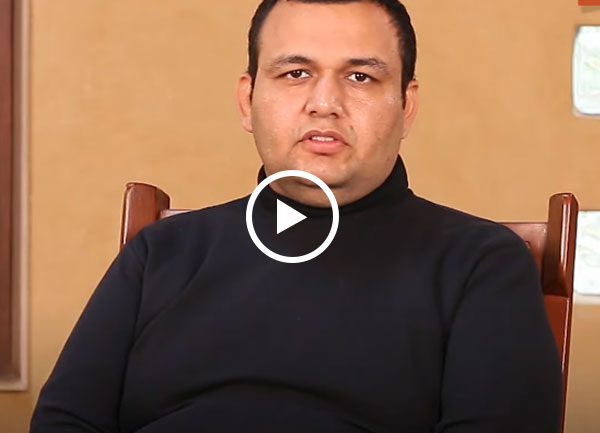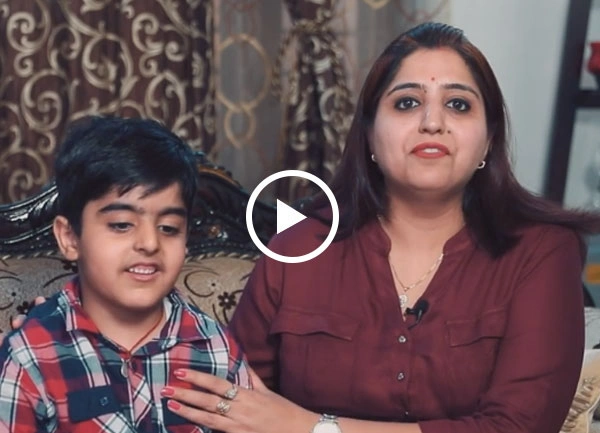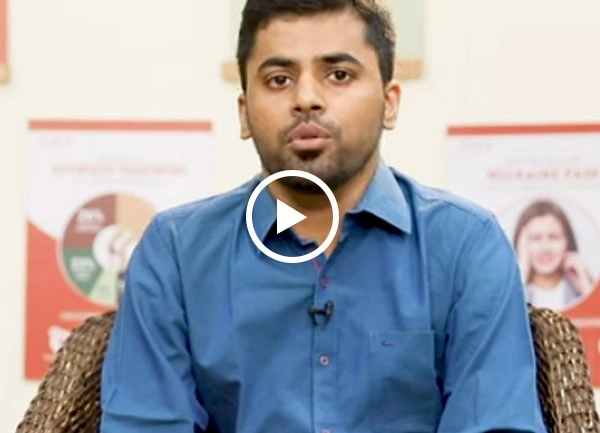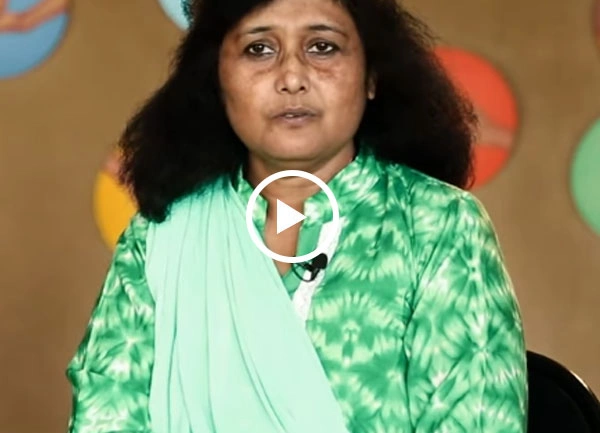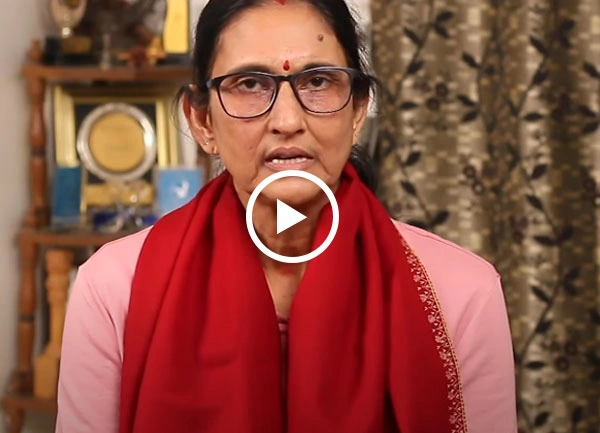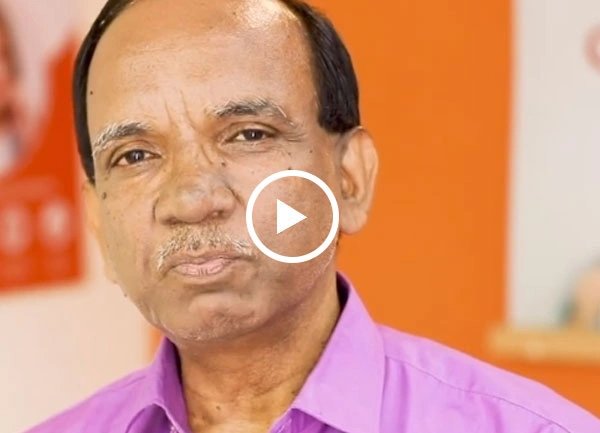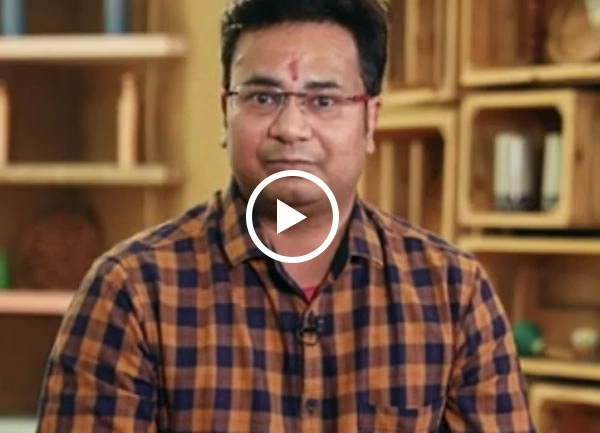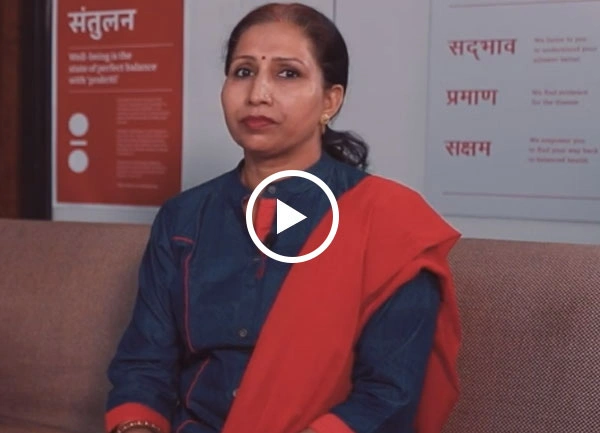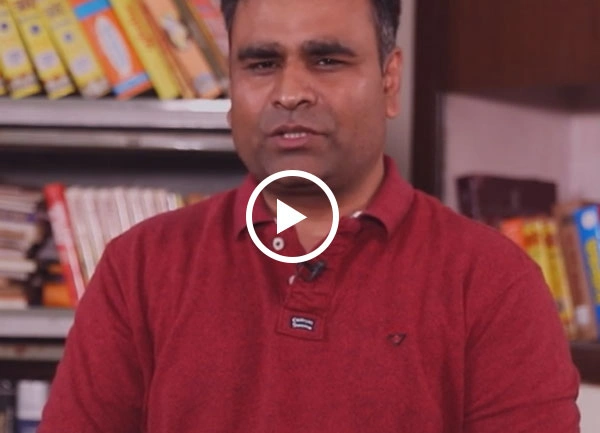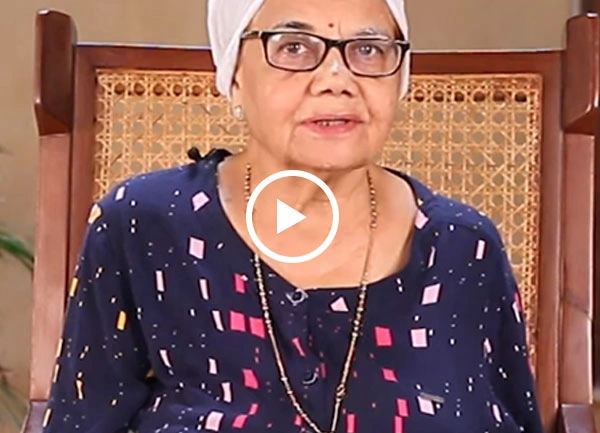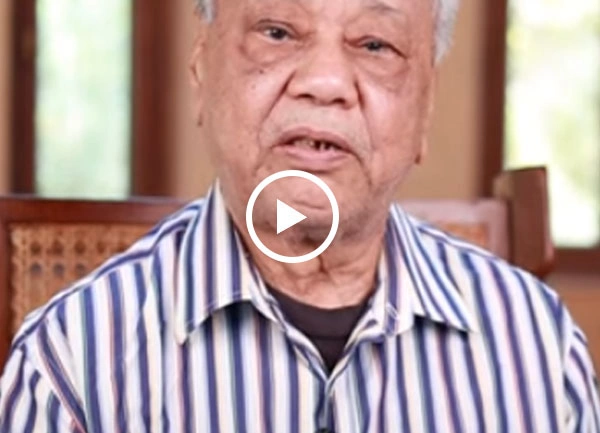

Successful Treatments
Clinics
Doctors
What is Hydrocele?
Hydrocele is described as a pathological condition whereby excessive fluid in the sac of the tunica albuginea cavity surrounds the testes. It usually forms as a painless lump or creates mild soreness in the affected region. The most frequent example is ‘Congenital Hydrocele’, which may originate at birth and resolve independently.
However, ‘Encysted Hydrocele’ and ‘Vaginal Hydrocele’ may infrequently appear as a consequence of trauma, infection, or other diseases later in life. Even though the Hydrocele is self-limiting, Ayurvedic treatment’s ultimate goal is to promote normal physiology and symptomatic relief with best therapies and herbal medicines that do not include any medical surgeries.
What are the causes of Hydrocele?
Varied health conditions can cause Hydrocele, and understanding the common causes will help one seek treatment appropriately.
Infections: Viral or bacterial infection in the Scrotum can lead to fluid deposits.
Injury or Trauma: Hydrocele can be caused due to injury or trauma in the groin area.
Congenital Hydrocele: This type usually has developmental reasons within the Scrotum and is present at birth.
Medical Procedures: Hydrocele may also be a result of previous surgeries in the groin area.
Symptoms
Painless Swelling
This is a common sign, but it’s usually painless unless pressure is applied to the Urethra.
Heaviness in the Scrotum
The Scrotum may feel heavy due to the accumulation of extra fluid under the skin.
Increased Scrotal Size
The swelling may eventually increase, making one Scrotum bulgier than the other.
Pressure Discomfort
Depending on the degree of severity, some cases of Hydrocele will cause discomfort or aches.
Do You Have Any of these Symptoms?
- Painless Swelling
- Heaviness in the Scrotum
- Increased Scrotal Size
- Pressure Discomfort
Jiva Ayunique™ Treatment Philosophy - A Holistic Approach to Hydrocele
Jiva Ayurveda offers holistic, evidence-based Ayurvedic treatment for Hydrocele. The treatment plans are customised to target the very root causes of the disease, and instead of just treating symptoms, they focus on holistic healing, balance, and stability in totality.
Core Principles of Jiva Ayunique™ Treatment Philosophy
HACCP Certified Medicines: Scientifically formulated medicines help restore balance in the body, maintain emotional stability, and eliminate the root cause.
Yoga & Meditation: Therapeutic mind-wellbeing practices are actively involved in our treatments to promote mental relaxation, improved blood flow, de-stress and clarity, essential in our holistic healing process.
Ayurvedic Therapies: Cleansing, pain relieving & rejuvenation therapies like Panchakarma, Abhyanga, Shirodhara, Kati Basti etc are included in our comprehensive treatments.
Diet and Lifestyle Recommendations: Dietary adjustments are needed to ensure a healthy recovery and continued well-being.
Ayurvedic Medicine for Hydrocele
Specific herbs in Ayurveda modulation help control inflammatory processes associated with Hydrocele and alleviate its signs and symptoms. Jiva’s Ayurvedic medicines for Hydrocele include:
Guggul: A herb that possesses anti-inflammatory properties. It helps to reduce swelling and enhances circulation.
Punarnava: It helps in kidney cleansing and preventing water accumulation, essential for addressing hydrocele.
Ashwagandha: Identifies imbalances caused by stress while enhancing all-around reproductive health.
Triphala: Triphala is known for its detoxification effects, which reduce swelling by facilitating the drainage of clogs out of the body.
Frequently Asked Questions About Prediabetes
1. Does hydrocele require any kind of attention?
Hydrocele is not severe in most cases but may indicate some inexplicable infections or shocks sustained.
2. Is it possible to treat hydrocele without operation?
Yes, Hydrocele Treatment in Ayurveda involves personalised Ayurvedic medicines and therapies and some dietary and lifestyle changes suggested by Jiva’s experts.
3. Are there any risks associated with ayurvedic hydrocele treatment?
No side effects are associated with ayurvedic treatments, provided these are undertaken by expert professionals.
4. What is Hydrocele, and how does it develop?
Hydrocele is caused by fluid buildup around the testis, resulting in swelling of the Scrotum. The cause of the disease may be fluid production and absorption being out of balance or could develop due to injury or inflammation.
5. What are the common symptoms of Hydrocele?
Patients report swelling without tenderness in the Scrotum and some degree of pain accompanied by a dull and enlarged balloon. Because of the swelled volume, some rare instances of pressure are also observed in the Scrotum area. This pressure may be accompanied by pain in some circumstances.
6. How is Hydrocele diagnosed?
Hydroceles can be treated by surgery or Ayurvedic methods, including personalised therapies and medicines with some dietary and lifestyle adjustments.
7. Can Hydrocele be treated without the involvement of a surgeon?
Hydrocele is likely to resolve naturally in most cases without any invasive treatment. This is particularly true in infants who are afflicted. However, few non-surgical treatments are available for adults, including advanced Ayurveda and some lifestyle adaptations. Usually, if the Hydrocele is large, painful, or persistent over time, surgical intervention is suggested.
8. What are the types of Hydrocele?
Congenital and acquired are the two primary types. These can be subdivided into Encysted Hydrocele, Vaginal Hydrocele, and Communicating Hydrocele, which all have distinctive properties.
9. Do any health concerns arise from Hydrocele?
It is not life-threatening and is rarely considered dangerous. Hydrocele may, however, cause some degree of pain and pressure, develop other complications if ignored for long, or be associated with different diseases, so patients should always seek medical advice.
Top Ayurveda Doctors
Our Happy Patients
Home Remedies
Related Disease
- Ayurvedic Treatment for Urine Infection
- Ayurvedic Treatment for Kidney Stone
- Ayurvedic Treatment for Cystitis
- Ayurvedic Treatment for Prostate
- Ayurvedic Treatment for Renal Failure
- Ayurvedic Treatment for Urethritis
- Ayurvedic Treatment for Varicocele
- Get Ayurvedic Treatment For Hydrocele
- Ayurvedic Treatment for Frequent Urination
- Ayurvedic Treatment for Kidney Creatinine
Latest Blogs
- क्या Delivery के बाद महिलाओं में Fissure ज़्यादा देखा जाता है? आयुर्वेद बताता है कारण और देखभाल
- क्या गुदा के आसपास खिंचाव, जलन और सूजन महसूस होना Fissure की प्रगति दर्शाता है?
- क्या मल त्याग के दौरान हल्का खून आना हमेशा Piles नहीं—Fissure भी हो सकता है?
- क्या गुदा के पास हल्की दरार या चमड़ी कटना Fissure का संकेत हो सकता है?
- क्या बार-बार सूखी और कड़ी स्टूल Anal Fissure को और खराब करती है?
- क्या लंबे समय तक कब्ज़ रहने से Fissure बार-बार दोहराता है? आयुर्वेद में इसके कारण जानें
- क्या धूप, ठंड या पानी लगते ही त्वचा पर चकत्ते उभरना Urticaria की ओर इशारा करता है? आयुर्वेदिक संकेत देखें
- क्या कुछ ही मिनटों में दाने फैल जाना Hives का क्लासिक पैटर्न है? आयुर्वेद की नज़र से कारण जानें
- क्या त्वचा पर अचानक उभरने वाले लाल उभरे हुए दाने Urticaria का संकेत हैं? आयुर्वेदिक दृष्टि से समझें
- Struggling With Leg Pain for Years? Ayurveda’s Panchakarma Offers Real Freedom
- From Grief to Healing: How a 75-Year-Old Found Relief from Osteoarthritis and BP Issues in Just 7 Days
- Surgery के बाद कमज़ोरी, Dopamine कम और Immunity गिर गई थी—Ayurveda ने कैसे फिर से ताकत दी
- 85 से 115 KG तक अचानक बढ़ा वज़न—Thyroid, Fatty Liver और Kidney Stone में Ayurveda ने कैसे संभाली हालत
- PCOD Success Story: जब दवाइयाँ काम न करें, Ayurveda दिखाता है असली रास्ता
- लंबे समय तक बैठकर काम करने से बढ़ा Lower Back Pain—10 दिन के Panchakarma ने कैसे दिया आराम
- सालों की Acidity, Gas और Joint Pain—Ayurveda ने 3 महीनों में कैसे दी राहत
- Knee Replacement से पहले रुकिए! Ayurveda ने कैसे रोका Operation और दिया प्राकृतिक राहत
- गंभीर Jaundice के बाद शुरू हुआ तेज़ Joint Pain—Ayurveda ने सिर्फ 4 महीनों में कैसे दी राहत
- Skin Allergy और Fungal Infection ने रातों की नींद छीन ली थी—Ayurveda ने कैसे दी गहरी राहत
- बार-बार होने वाली खाँसी, ज़ुकाम और साँस की दिक्कत—Ayurveda ने कैसे तोड़ी ये Chronic Cycle
Ayurvedic Doctor In Top Cities
- Ayurvedic Doctors in Bangalore
- Ayurvedic Doctors in Pune
- Ayurvedic Doctors in Delhi
- Ayurvedic Doctors in Hyderabad
- Ayurvedic Doctors in Indore
- Ayurvedic Doctors in Mumbai
- Ayurvedic Doctors in Lucknow
- Ayurvedic Doctors in Kolkata
- Ayurvedic Doctors in Patna
- Ayurvedic Doctors in Vadodara
- Ayurvedic Doctors in Ahmedabad
- Ayurvedic Doctors in Chandigarh
- Ayurvedic Doctors in Gurugaon
- Ayurvedic Doctors in Jaipur
- Ayurvedic Doctors in Kanpur
- Ayurvedic Doctors in Noida
- Ayurvedic Doctors in Ranchi
- Ayurvedic Doctors in Bhopal
- Ayurvedic Doctors in Ludhiana
- Ayurvedic Doctors in Dehradun






